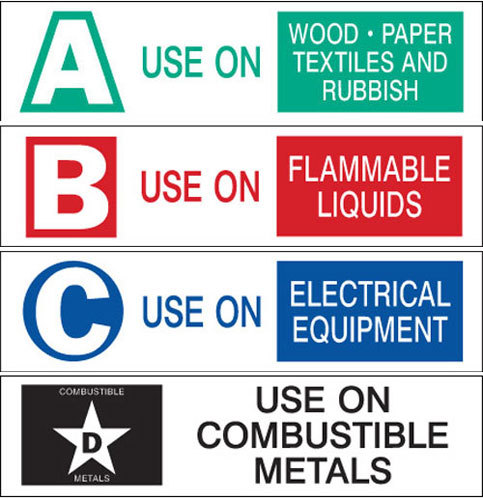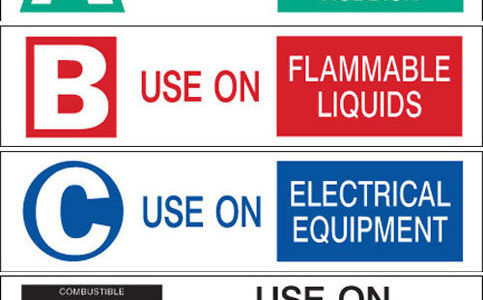NFPA10 is the standard which applies to the selection, installation and location, maintenance and inspection, and testing of portable extinguishing equipment as described by the National Fire Protection Association (NFPA). The NFPA is the most nationally recognized authority on codes and standards for fire protection and all aspects of fire, electrical and related hazards.
The purpose of NFPA10 is to provide guidance to persons assigned with selecting, approving, purchasing, installing, designing and maintaining portable fire extinguishers, and Class D extinguishing agents.
Utilizing the services of a fire and safety systems expert licensed to perform fire extinguisher inspections is the best way to ensure the safety of your occupants, your property and maintain your building code certifications.
NFPA10 Provides Guidelines to Fire Extinguisher Service Companies
Portable fire extinguishers are useful on fires that are small in origin, and are discovered in time to help prevent escalation. Never delay in alerting the fire department as soon as a fire is discovered. Fire extinguishers have a very important role in your overall fire protection plan, as long as the following provisions are met.
Chapter 6 of NFPA10 lists the provisions for installation and the minimum number of required portable fire extinguishers in a building.
The fire extinguishers must be the correct type for the Class of fire that may occur, be discovered early to be small enough for effectiveness, and must be discovered by a person who is trained on how to use the fire extinguisher.
NFPA10 Chapter Five: Selection of Portable Fire Extinguishers
5.1.1. The scope of Chapter 5 recognizes that portable fire extinguishers are intended as a first plan of attack to cope with fires of manageable size.
5.1.2. The selection and installation of extinguishers is independent of whether or not the building has automatic sprinklers, hoses, or other fixed protection equipment.
5.2 Classification of Fires
Chapter 5.2 describes the various Classes of fires and their combustible material.
5.2.1. Class A Fires are fires erupting from ordinary combustible materials such as paper and wood, rubber and plastic.
5.2.2. Class B Fires are from flammable or combustible liquids, petroleum, greases, oils, paints, lacquers, alcohols and flammable gases.
5.2.3. Class C Fires ignite from energized electrical equipment.
5.2.4. Class D Fire are caused by combustible metals such as titanium, magnesium and potassium.
5.2.5. Class K Fires describe fires caused by cooking appliances using combustible cooking oils and fats.
Types of Fire Extinguishers
Portable fire extinguishers are separated into the effectiveness on the Class of fire they are suitable in containing. All fire extinguishers should be labeled with a letter and shape displaying their rating for either Class A, B, C, D, or K.

Class B is displayed in a red square.
Class C is signified with a blue circle.
Class D is shown in a star on a black square.
- Water and Foam – Class A fires only, and should not be used for Class B or C fires.
- Carbon Dioxide – Class B or C fires only. Carbon Dioxide fire extinguishers are ineffective on Class A fires.
- Dry Chemical – Multi-purpose dry chemical agent is effective on either Class A, B, or C fires, and is the most widely used type of portable fire extinguisher used.
- Wet Chemical – Primarily for Class K fires, typically in commercial restaurant settings over a deep fryer or similar environment. NFPA17A lists the guidelines for wet chemical fire extinguishers.
High Rise Security Systems with SMG Security Holdings are fire and safety system experts, licensed in the state of Illinois for portable fire extinguisher service. Contact us today to see how we can assist you in designing your fire protection plan, according to NFPA codes and standards.



